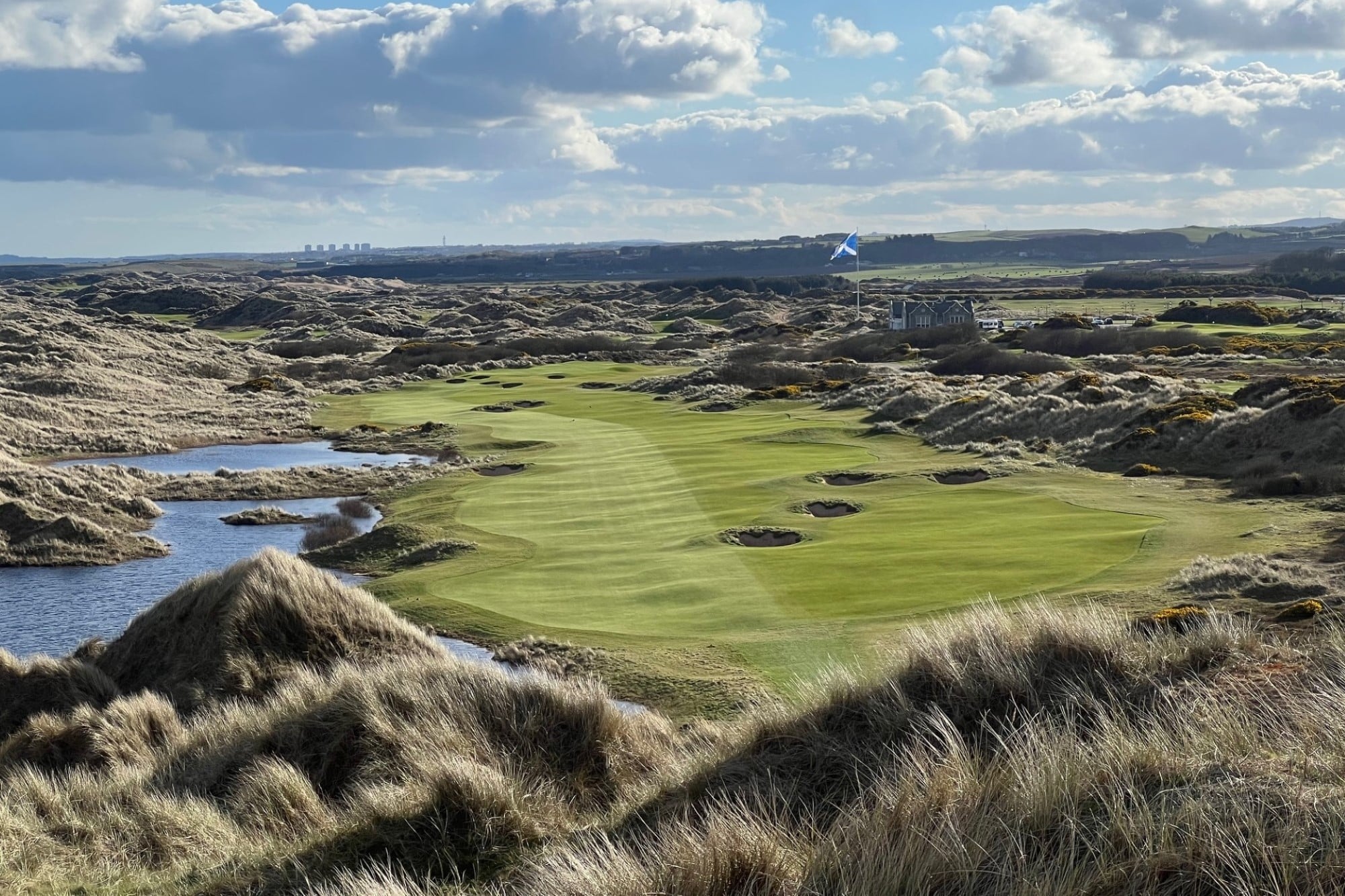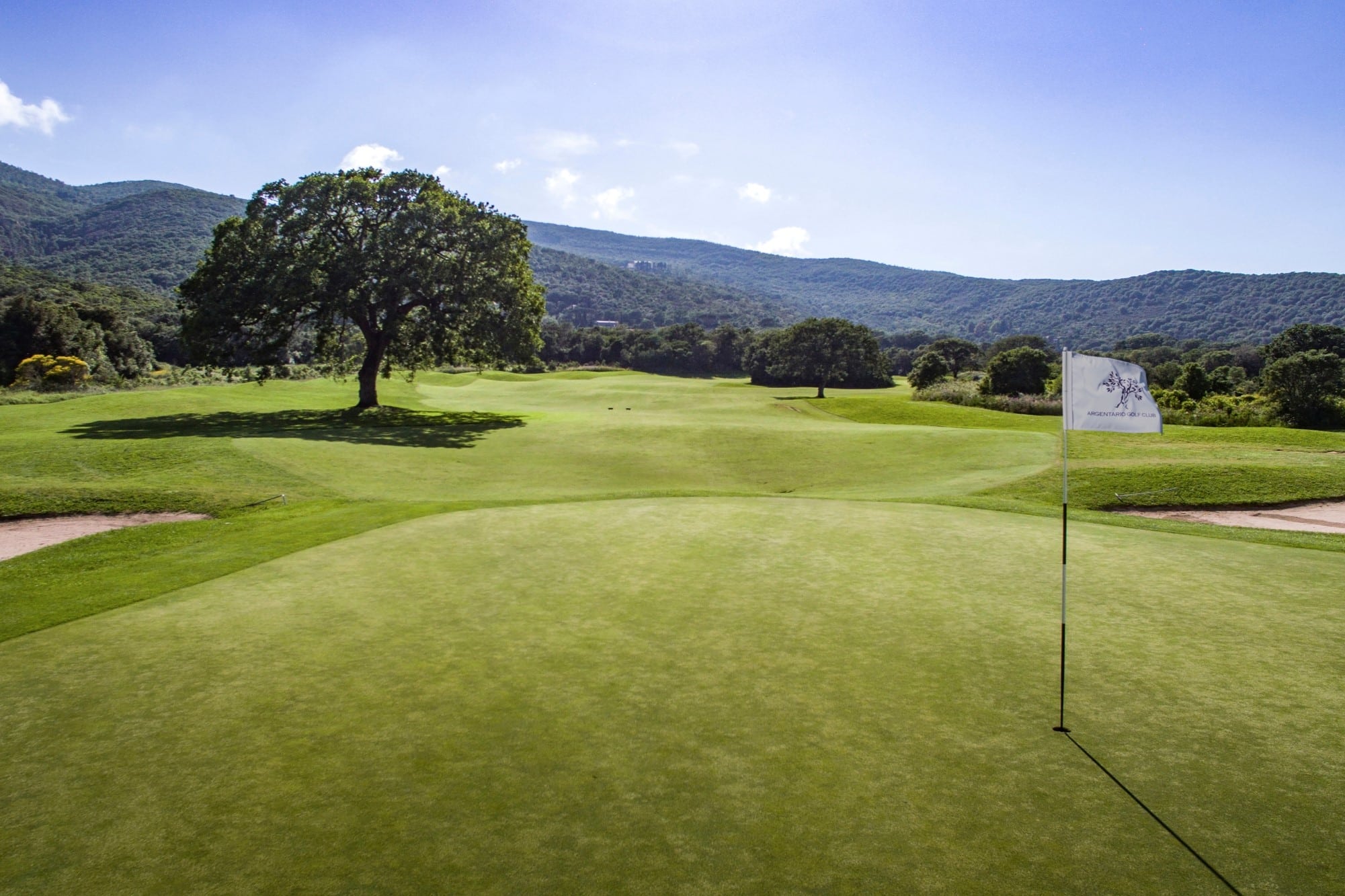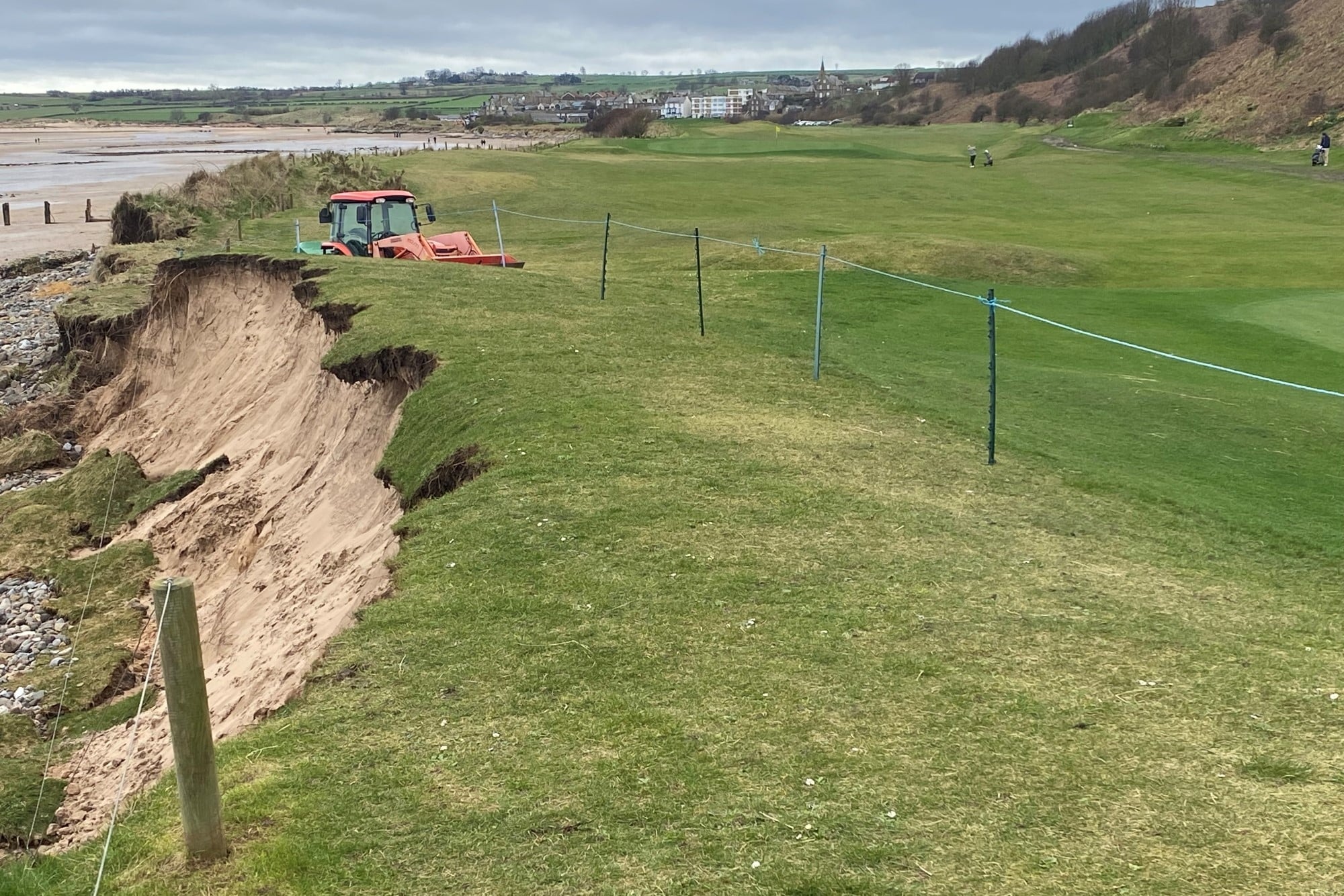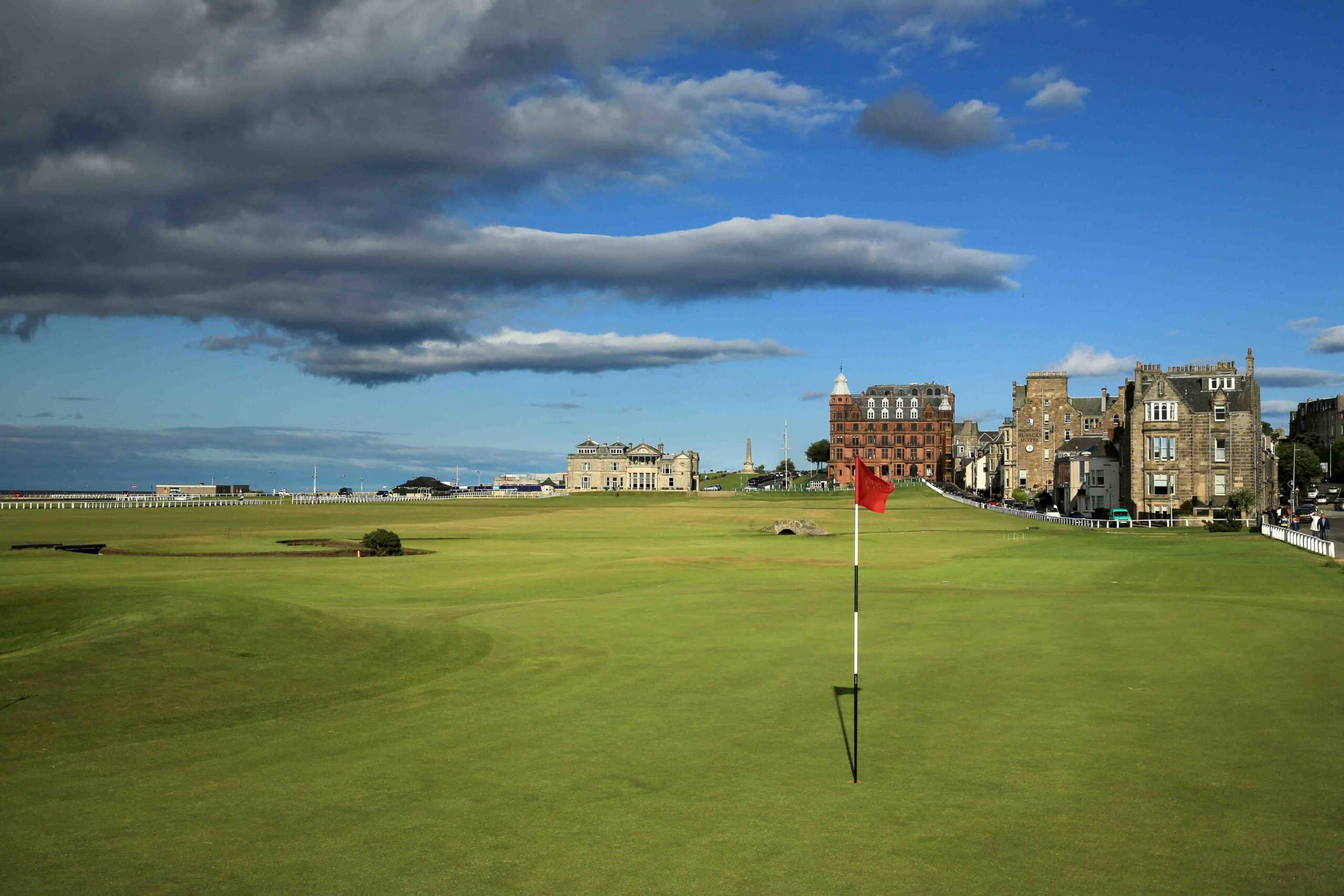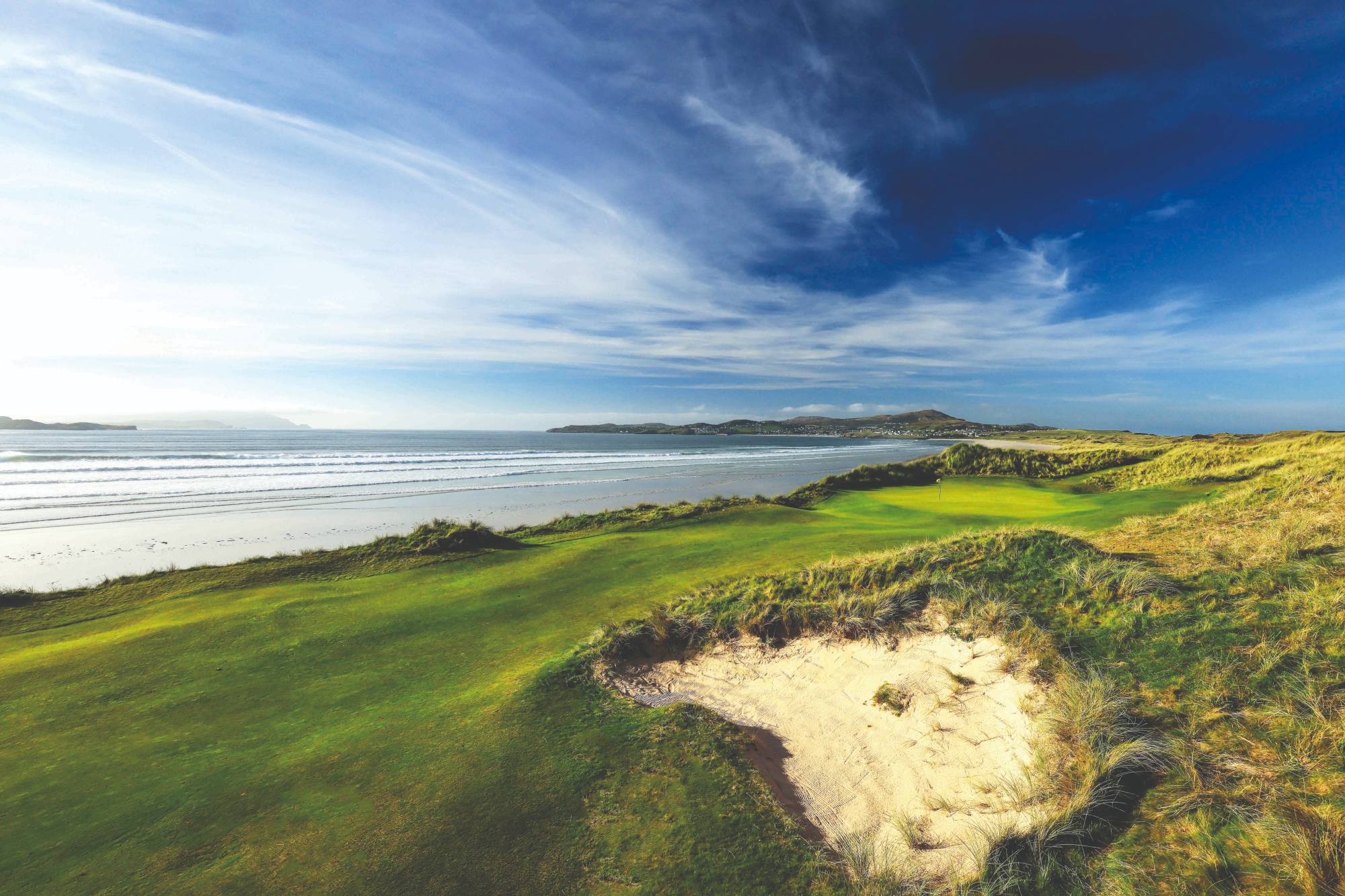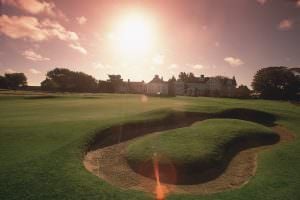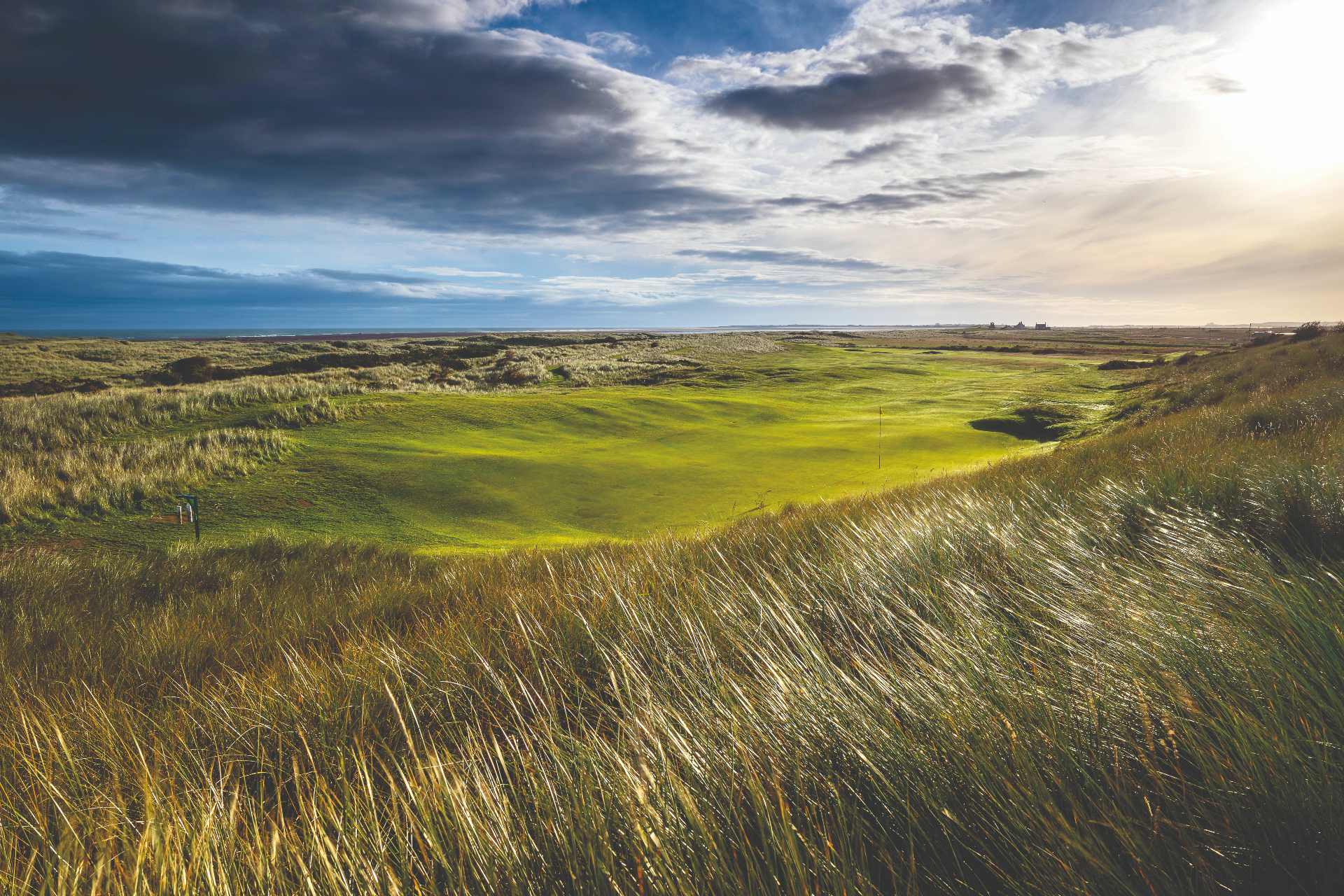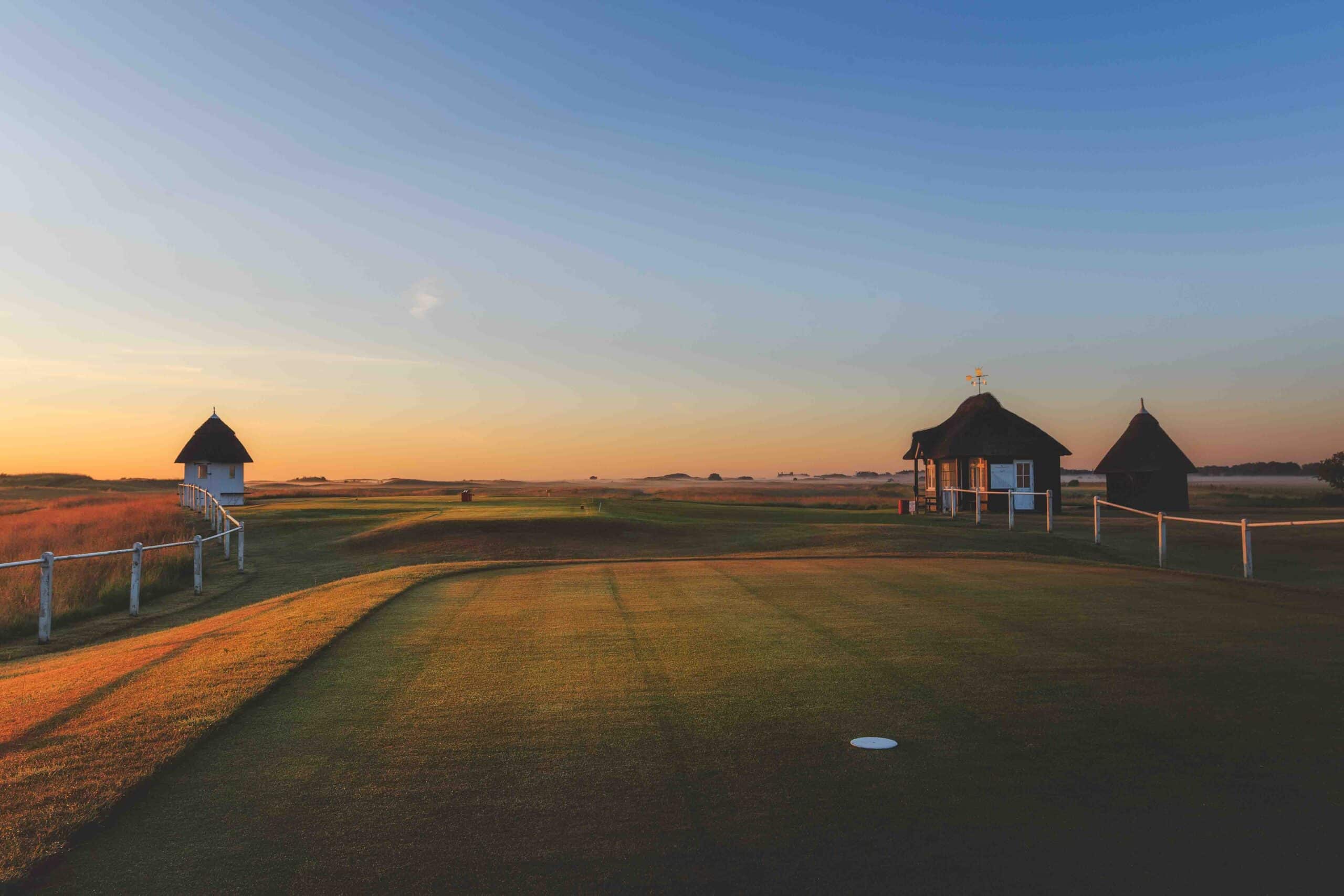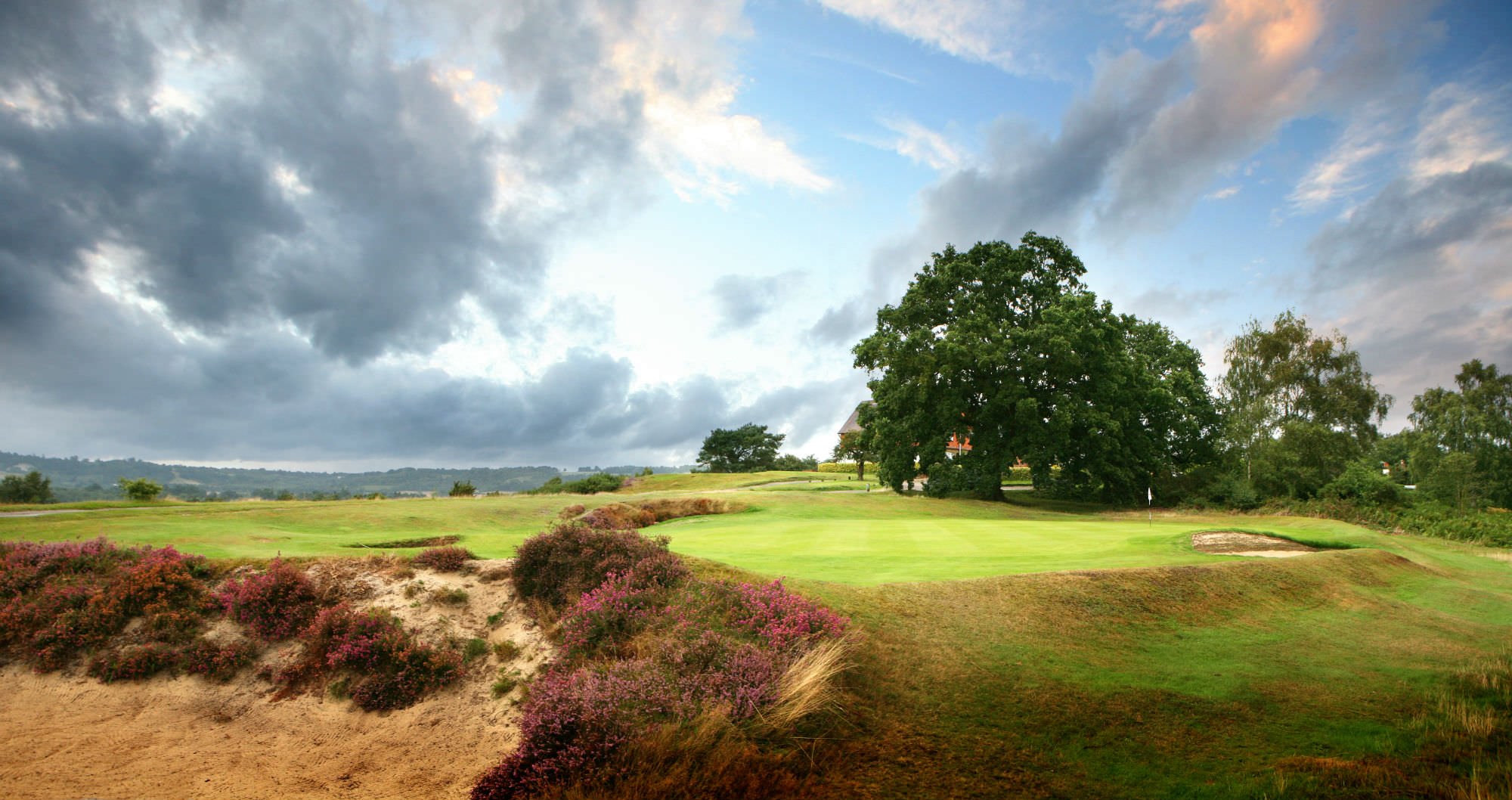
What makes a course fun? Our experts have the answers
The question is simple: What are the aspects of a course that make it fun? The answer is not so straightforward. But if anyone can provide insight, perspective and controversy, it’s our panel that compiled NCG’s Fun Top 100 Fun Golf Courses…
“The key ingredients are variety, challenge and the greens. I want to have options from the tee that encourage the choice of hitting multiple shots, each with a varying degree of risk or reward. The Old Course does this better than anywhere. I like to be challenged as without that feeling, you can’t reach the highs associated with hitting a really good shot in challenging circumstances, the 5th hole at Royal Worlington as an example. A course with interesting greens is always more fun. Some of the putts faced at Deal, Beau Desert, St Andrews can stick in your mind forever and they always prompt the banter with playing partners. The 15th at Cavendish is a great example of this.” – Simon Haines
“For me a course to be fun does not mean it has to have fantastic views, scenery or even be particularly well maintained. It does however need to possess lots of variety, have its own unique personality and quirky traits, whilst also offering a challenge to golfers of all abilities. It needs to provoke that feeling that as soon as you’ve finished you want to get back on the 1st tee. Unfortunately very rarely do modern courses offer that ‘joy to be alive’ feeling.” – John McLaughlin
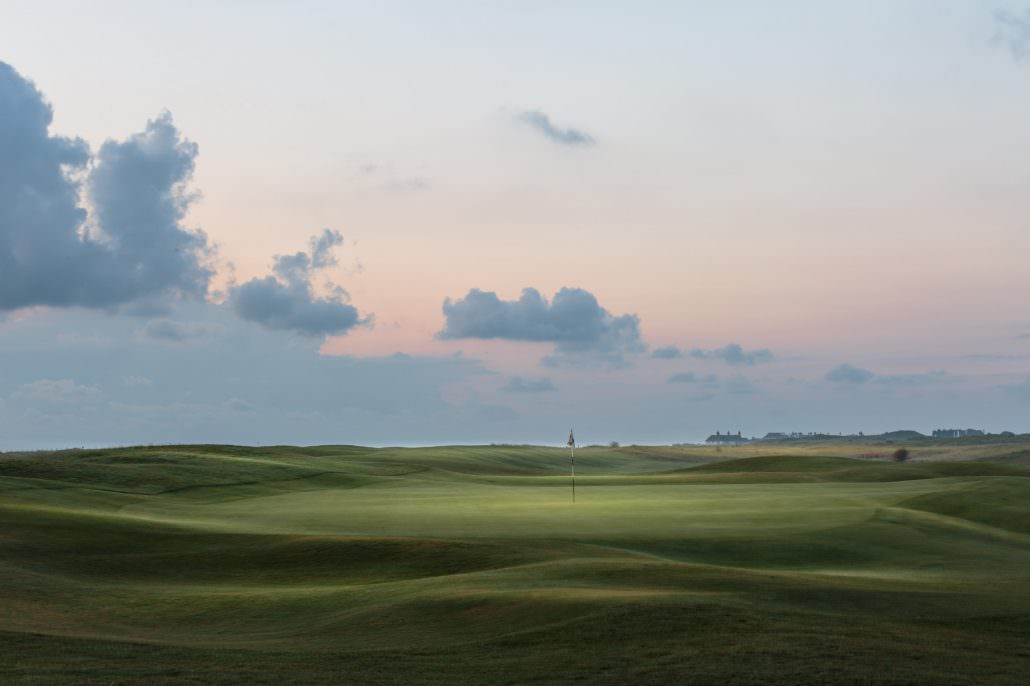
“Fun courses tend to really embrace their landscape, in a variety of ways that sometimes might even be abrasive. The golfing journey brings a sense of intrigue and adventure, a little bit of the unknown. A myriad of shots are required and encouraged – the ball must have a thought provoking interaction with the ground.” – Clyde Johnson
“I have always found some championship courses more fun because they offer greater variety, outlook, layout and playability. Muirfield, for the most part, offers a singular challenge which is to be able to plot your way round avoiding the bunkers. It doesn’t have the majestic views of a Turnberry or such memorable holes as Lahinch, North Berwick or even Royal St Georges. There is also an ‘X’ factor to the fun courses isn our list which even some championship courses don’t seem to have. Fun is also about the harmony of the course in relation to the land it sits on. The most fun seem to use every fold, ridge, contour and dip to great effect.” – Jim Banting
“A fun course provides a succession of the type of shot you haven’t faced before or which you rarely encounter – shots which pose questions: should I fly it high or run it low; should I pitch, chip or putt? Fun, or ‘sporting’ courses typically create these mental and technique challenges through the clever use of slopes, green positioning and alignment and with well-placed hazards, rather than with heavy rough. They are frequently a little shorter in length than average, because honestly not many of us enjoy playing a course full of 430+ yard par 4s.” – Nick Dungay
“Firm, undulating ground conditions with natural movement, allowing for a variety of ways to play any given shot.” – Ed Battye
“Fun is rediscovering the feeling when as a child one first takes up the game. As a kid, the game consisted in our imaginations because few golfers were introduced to golf on a golf course. Most of us played over whatever “terrain” was available…including indoors! The obstacles to be challenged were endless and at times endlessly outrageous. It is this same spirit of exploration which I find fun to this day. Luckily, beyond the famous courses which are rightly celebrated for their unique holes, there are a fair number of back alley British courses which haven’t been modernised. It is on these courses where often times holes built over 100 years ago prove to be of such a raucous nature that one can easily envisage the club founders chortling as the holes were laid out. It takes a serious golfer to not share such a carefree attitude toward the game.”
– Sean Arble
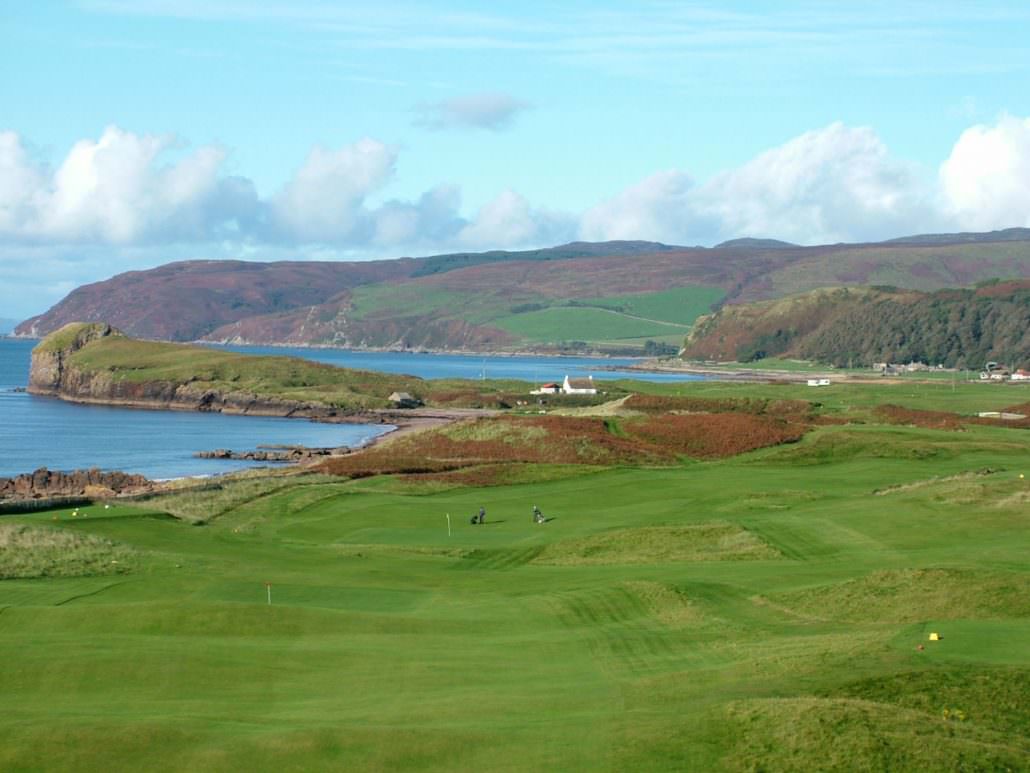
“It must have good variation of par 3, 4 and 5s. Good variation of long and short holes. And a course that appeals to my eye. Nature and surroundings that are appealing. Short walks from green to tee. And it should be quick to play. Inviting tee shots and preferably if you can use alternative routes; play safe or cut a corner. A Fun course has very good (gladly fast) greens. A mix of small, larger as well as plateau greens also makes it more enjoyable. A ‘good shot’ does not always end up in the perfect position; Muirfield vs. Royal St Georges.” – Olle Dahgren
“There are several factors that register a course on my ‘Fun’ meter. Does it challenge me in a positive way? Turnberry’s Ailsa grabs all my attention and challenges me to consistently drive the ball well, same with . Both are Top 100s that reward good shots but not horribly punishing on a bad day. I never regret playing and could play over and over. Is it interesting and/or quirky? Score is sometimes irrelevant – I want blind shots, undulating greens and distracting views. Prestwick, Cruden Bay, Nefyn and Dunaverty to name a few.” – Dove Jones
“A course to me is fun if it’s ‘quirky’. Fun means 5,000-6,000 yards long, plenty of reasonably short par 3s and par 4s where accuracy is key, no bunkers, great views. You need a good short game to play these sort of courses. The overly long corporate monsters (7,000 yards off the tips) are not fun and, to the average golfer, frankly a bit of a slog.” – Peter Bosworth
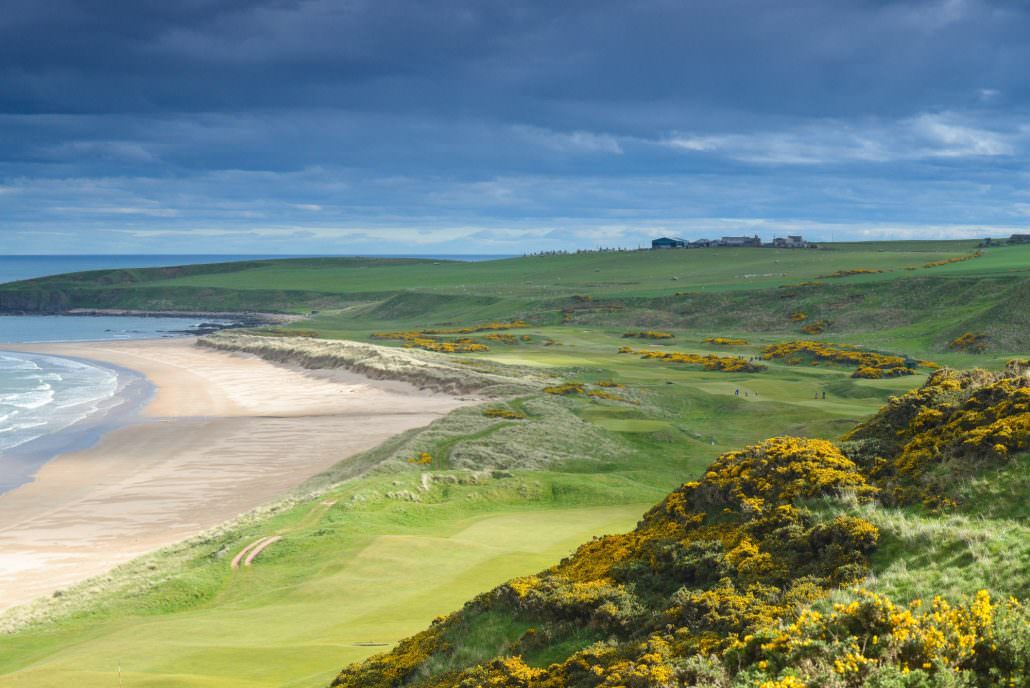
“My fun requirements: setting/landscape, course design and unusual holes/features. Things that influence your enjoyment at the time and leave lasting memories. Each “fun” course has a unique character and so it is difficult to be all – embracing when trying to define a “fun course”. So, how do you know if you have played a “fun” golf course? Do you have clear memories that will last for years? Do you want to tell your friends all about your experience and encourage them to visit? Do you want to return soon?” – Michael Bailey
“A fun course needs to be challenging, contain a few quirks, built on relatively flat terrain and preferably located in a splendid setting.
Brancaster is a fine example of this combination and is probably as good as it gets. There are a couple of blind quirky holes but not too many. The setting is stunning with little noise other than the sea and the pattern of the holes are constantly changing. Whilst I have been an avid hill walker all my life I definitely do not find hilly golf courses in any way fun. The odd undulation is fine but exhausting climbs up hills just does not do it for me. I also find courses that are challenging but without the prospect of losing too many golf balls great fun.” – Peter Rudd
“What makes a course fun for me is the combination of quirky, slightly different holes with some real risk and reward holes, coupled with being very playable in terms of length and cost and with the emphasis being enjoying your game in a lovely location.” – Alan Ferguson
“Its design has to have that mix of quirky and classic holes. I also associate fun in this context with ‘holiday’ golf; you want to avoid courses that are a slog – you want a course you can get round without having to resort to numerous long irons, recovery clubs or fairway woods into the greens. Stunning views also help. My first course which at the time was very much “fun” golf was The Castle at Lahinch back in 1968 which I played as an eight year old. 51 years later I am still going strong.” – Ian MacDonald
NCG’s Top 100 Fun Golf Courses in GB&I
Want more?
- How we compiled our Top 100 fun ranking
- What do tour pros consider ‘fun’? We asked them
- Dougherty: ‘Fun doesn’t necessarily mean easy’
- ‘Quirkiness and unfairness’ – architect Frank Pont’s fun essentials
What’s the most fun golf course you’ve ever played? Let us know in the comments below or you can join the conversation on Twitter, Facebook and Instagram.


